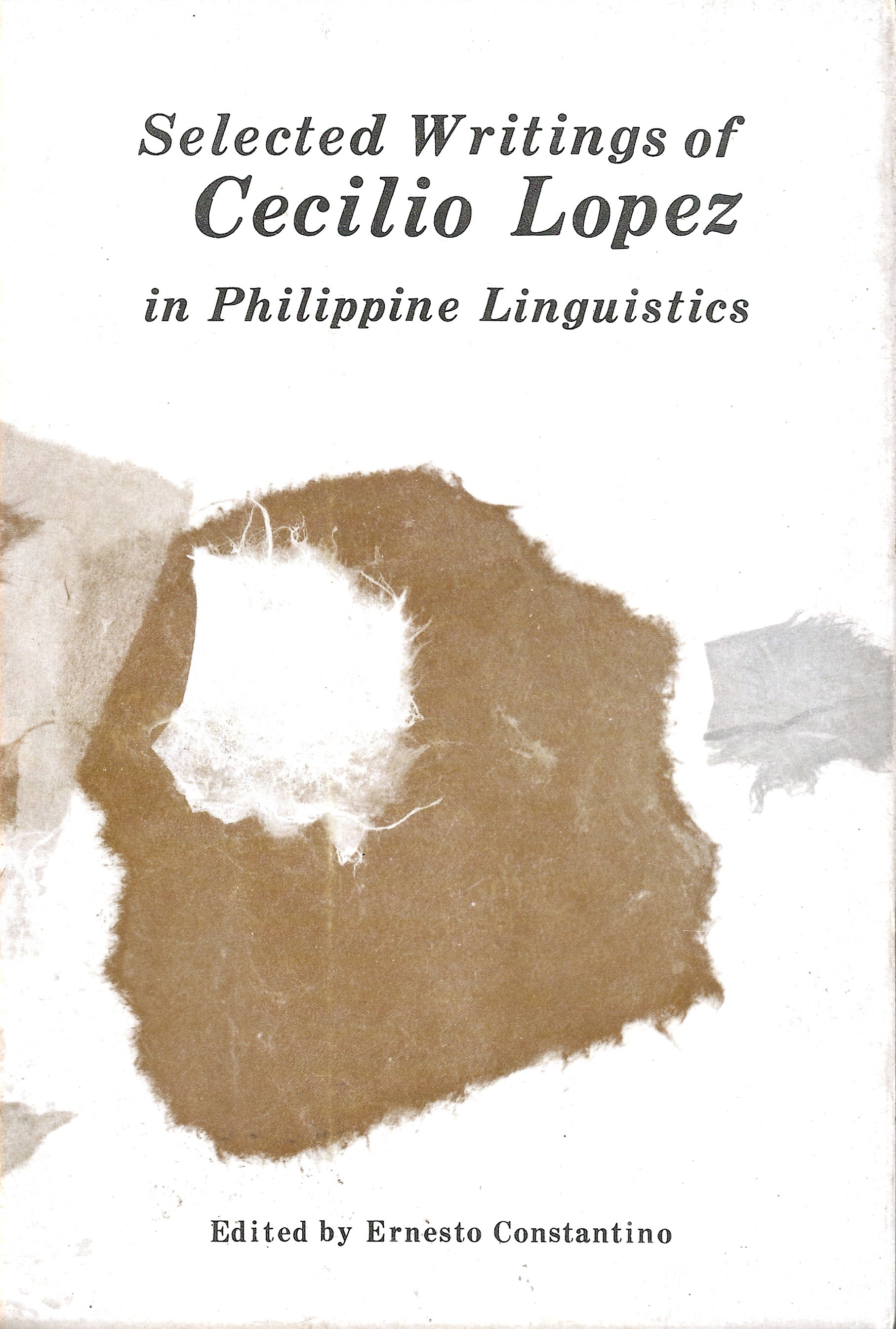The Tagalog language
An Outline of its Psychomorphological Analysis
Abstract
Every language has two aspects: (1) the morphology and (2) the psychology. In ordinary investigation, the researcher usually applies the “semi-fiction” of separating these two aspects and makes a morphological analysis of the language concerned, then infers the psychologic functions of the morphologic forms with the aid of “formative elements”, and finally, constructs the grammar as justification of the semi-fiction.
In working out the grammar of a language, one may begin either (1) with the morphological analysis or (2) with the inferred psychologic functions, but the two aspects can also be treated simultaneously, as is done in the paper. This method is adopted for the simple reason that a good grammarian must always keep morphology and psychology in his mind, “for sound and signification, form and function, are inseparable in the life of a language, and it has been the detriment of linguistic science that it has ignored one side while speaking of the other, and so lost sight of the constant interplay of sound and sense”. (Otto Jespersen, The Philosophy of Grammar, p. 40)


